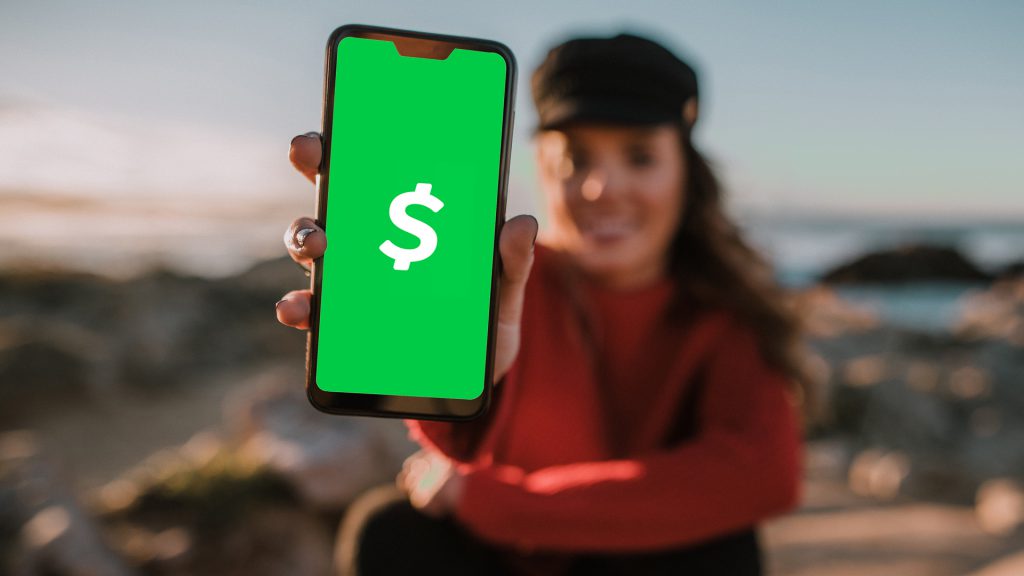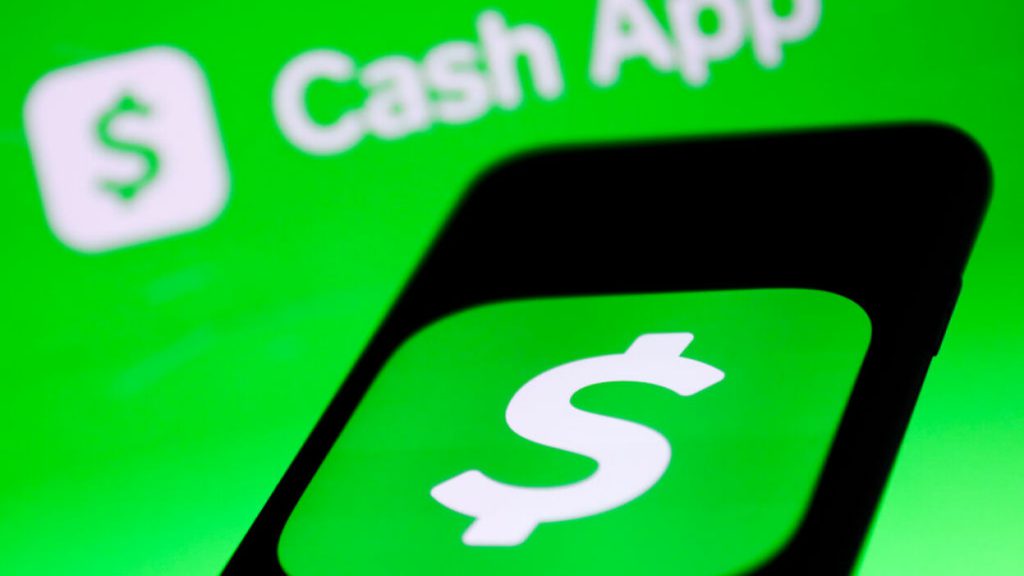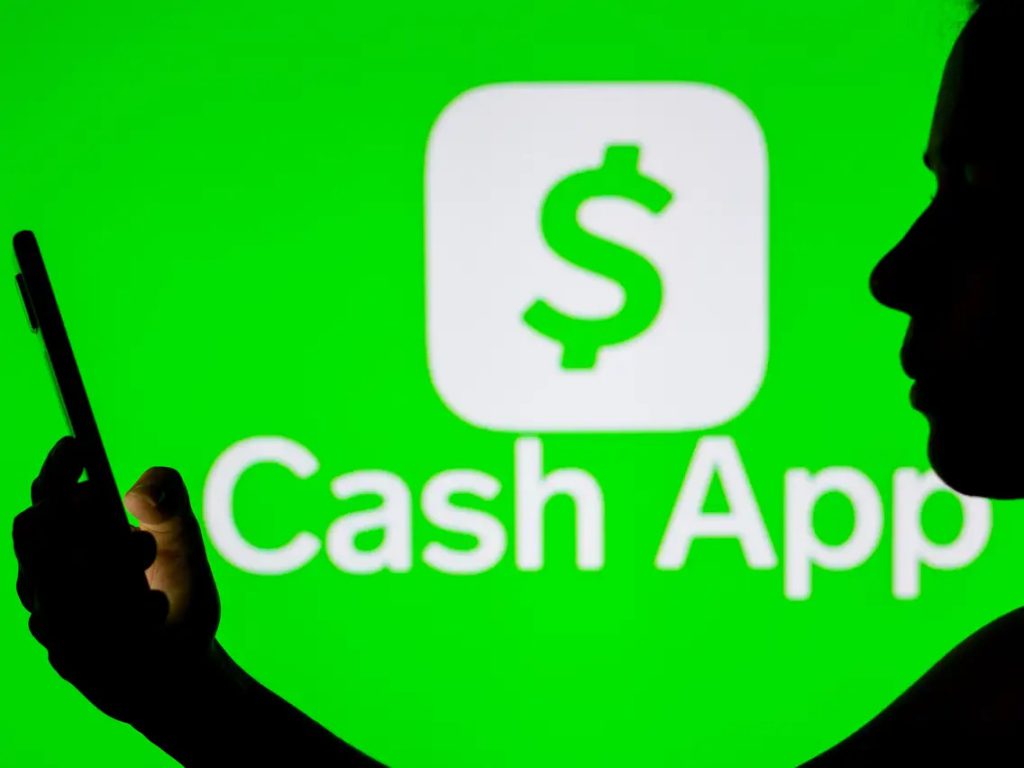How to Delete Cash App History: A Step-by-Step Guide
If you’re a Cash App user keen on understanding how to delete your transaction history, this comprehensive guide is tailor-made to answer all your queries.
We delve into the process of deleting user data, understand Cash App’s privacy features, and explore why you can’t erase your transaction history.
Also read: How to Cash a Check on Cash App?

Exploring the Cash App History
The Cash App history is a digital ledger of all the transactions you’ve conducted using the peer-to-peer payment platform.
This includes the money you’ve sent or received, the date of the transaction, and the recipient’s or sender’s details.
The transaction history is pivotal to maintaining transparent financial records and is indelible due to federal law mandates.
Unlike other payment services like Venmo, Cash App keeps your transactions private, visible only to you or the recipient.
Hence, there’s no need to fret about anyone else viewing your transactions unless they have access to your account credentials.
The Inability to Delete Transaction History on the Cash App
Cash App, following federal regulations, is obliged to keep a record of every transaction made by its users.
As such, it is impossible to delete your transaction history without closing your Cash App account entirely.
However, the platform emphasizes privacy, keeping transactions visible only to the parties involved. Thus, maintaining an account doesn’t compromise the privacy of your transactions.
How to Wipe Out Your Personal Data from the Cash App
While it’s impossible to delete your transaction history, you can remove your personal information from Cash App thanks to the platform’s adherence to the California Consumer Privacy Act. The following steps guide you through this process:
Step 1: Open the Cash App
Kick things off by opening the Cash App on your device.
Step 2: Tap on the Profile icon.
Look for the profile icon on the home screen to access more options. This icon usually resides at the top-right corner of the screen.
Step 3: Select the “Support” option.
From the list of features that appear, choose the “Support” option.
Step 4: Tap on “Something Else.”
Navigate through the support options and select “Something Else” to access the account settings.
Step 5: Go to “Account Settings.”
From the list of options that pop up, select “Account Settings.”
Step 6: Tap on “Delete Your Personal Information.”
Scroll down the settings list and choose the “Delete Your Personal Information” option. Confirm your decision to delete your personal information.
This action will erase all your personal data from the Cash App and reset your account. Select the “Contact Support” option if the option is unavailable.

The Constraints of Deleting Cash App History
The transaction history remains untouched despite the ability to delete your personal information from the Cash App.
This is because the law obligates Cash App to retain all transaction records.
Although deleting your data won’t remove the transaction history, it does eliminate its local visibility. The transactions will still reflect in your bank statements since they are separate from Cash App.
Also read: Does Cash App Deposit Checks Instantly?
What Happens When You Delete Your Cash App Account?
Another option is to delete your Cash App account entirely. This step will erase your account and all associated details.
However, your transactions will still appear on your bank statement, as the information cannot be removed from them.
Security and Privacy Features of the Cash App
Apart from maintaining the privacy of transactions, Cash App provides additional security and privacy options to prevent unauthorized access to user information.
One-Time-Use Login Code
Users must enter a unique, one-time-use login code when they sign in to the Cash App. This code is sent to the user’s registered email or phone number during sign-in.
Security Lock
The Security Lock setting prompts users to enter their passcode for every payment. This provides an extra layer of authentication and ensures all payments are user-approved.
Text or Email Notifications
Users can enable text or email notifications to receive alerts whenever a payment is made from their account. This feature allows users to detect unauthorized transactions quickly.
Cash Card Security
Users can secure their Cash Card by concealing their virtual card details within the app, preventing over-the-shoulder snooping.
If you lose your card or suspect it’s been stolen, you can temporarily disable it. If it’s found, you can re-enable it; if it’s lost, you can report it.
Email and Mobile Security Recommendations
Cash App advises its users to secure their email and mobile devices. Enable two-factor authentication on your email and ensure your password is robust.
To secure your mobile device, use a passcode, fingerprint ID, or Face ID for exclusive access.

Frequently Asked Questions
Can you delete transaction history on the Cash App?
No, you can’t delete transaction history on the Cash App. The platform retains this data to ensure transparency and legal compliance.
How do I clear my Cash App history?
To clear your Cash App history, you need to delete your personal information from Cash App by following the steps mentioned above.
Can others see my Cash App transactions?
Unlike other payment platforms like Venmo, Cash App transactions are private and only visible to the parties involved.
Can you hide transactions on the Cash App?
The Cash App doesn’t allow you to hide transactions or delete transaction history. Since Cash App transactions are already private, this feature isn’t necessary.
Wrapping Up: How to Delete Cash App History?
In conclusion, while it’s impossible to delete your transaction history on Cash App without closing your account, the platform emphasizes privacy, ensuring your transactions are visible only to you and the recipient.
Following the steps above, you can delete your personal information from the Cash App, ensuring your privacy is maintained.
Remember, while deleting your account entirely will erase your data, the transactions will still reflect in your bank statements. Always prioritize the security of your account and personal information when using any digital payment platform.










